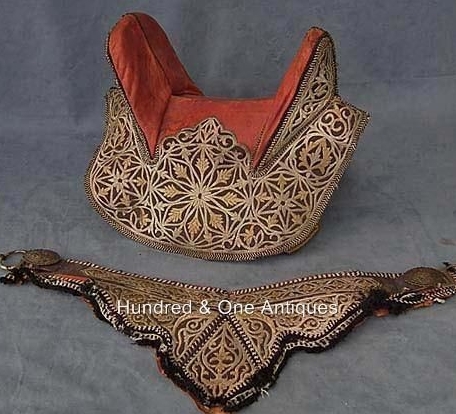Equestrian in the Olympics: A Timeless Sport
Equestrian events have a unique place in the Olympic Games, showcasing the intricate relationship between horse and rider while demonstrating skills that blend artistry and athleticism. As one of the oldest Olympic sports, equestrian events continue to capture the imagination of audiences worldwide, making them both relevant and inspiring in today’s sporting landscape.
A Rich History
Equestrian sports have been part of the modern Olympic Games since their inception in 1896, although it wasn’t until 1900 that women competed in these events. The discipline has evolved significantly over the years, introducing different formats and styles, including dressage, show jumping, and eventing. Each of these disciplines requires not only physical skill but also a deep bond and mutual trust between horse and rider. This lasting tradition highlights humanity’s long-standing connection to horses, reflecting cultural values and athletic prowess across generations.
The Three Main Disciplines
Olympic equestrian is divided into three primary disciplines: dressage, show jumping, and eventing.
– Dressage is often described as “horse ballet,” where horse and rider perform a predefined series of movements, showcasing precision and harmony. This discipline emphasizes the art of communication between rider and horse, demanding extensive training and discipline.
– Show Jumping tests the agility and speed of horse and rider as they navigate a course of jumps. Scoring is based on the number of faults incurred—such as knocking down a rail or refusing to jump—combined with the time taken to complete the course. This thrilling event showcases the horse’s athletic ability while requiring quick decision-making from the rider.
– Eventing is a true test of versatility, combining dressage, cross-country, and show jumping in one exhaustive competition. Riders face a range of challenges, such as navigating natural obstacles in the cross-country phase, requiring endurance, skill, and a strong partnership with their horse. Eventing is considered one of the most challenging equestrian disciplines, demonstrating both athleticism and strategy.
The Role of Equine Athletes
The horses in these events are as much stars as their riders. Breeds such as Hanoverians, Thoroughbreds, and Warmbloods are often favored for their agility, strength, and temperament. Each horse undergoes rigorous training to prepare for the high-pressure Olympic environment, making their well-being and care essential topics in the equestrian community. Ensuring that these equine athletes are healthy, happy, and well-trained is crucial, spotlighting the commitment required from both riders and owners.
Conclusion
Equestrian sports at the Olympics represent a beautiful blend of athleticism, tradition, and the bond between human and horse. Whether you’re a seasoned rider or a curious spectator, there’s much to explore in this captivating world. So, why not dive deeper into the exciting realm of equestrian sports? Attend a local event, read more about the disciplines, or even try riding yourself. The journey awaits!



